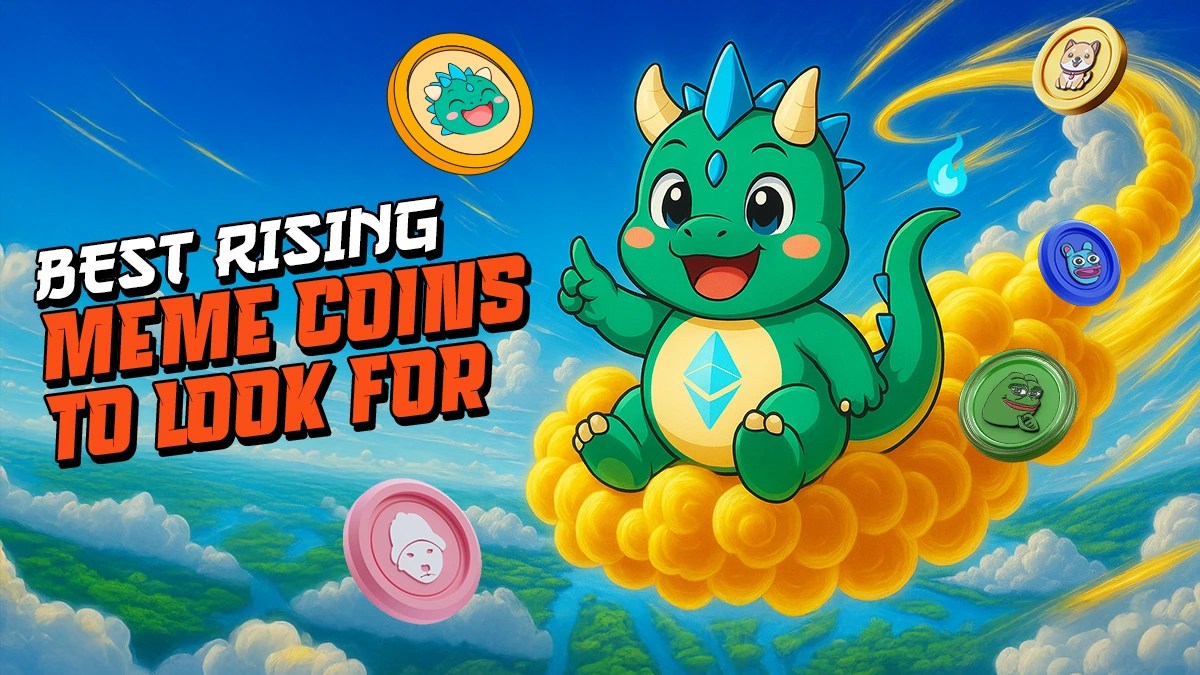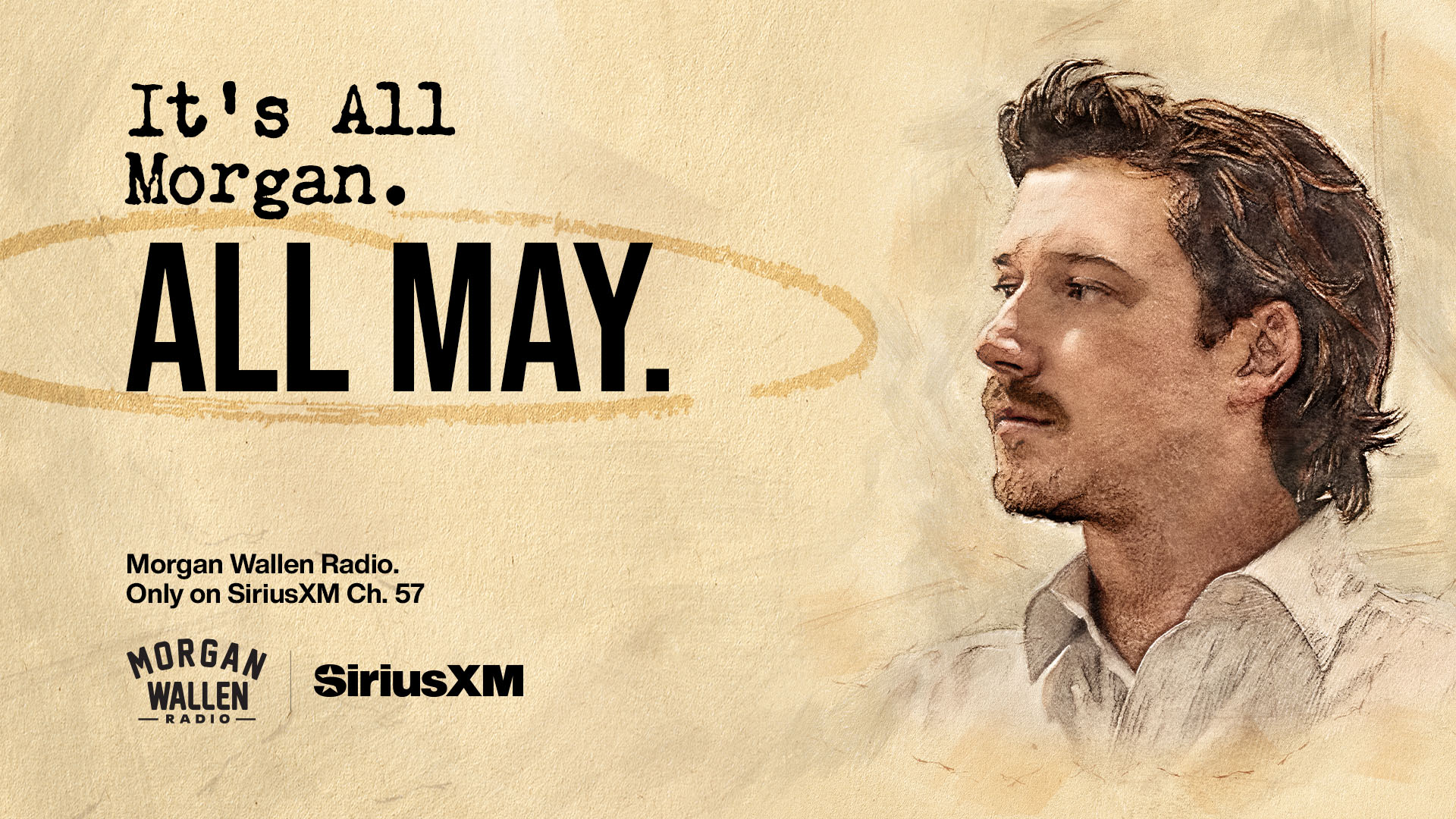Forever No. 1: Connie Francis’ ‘Don’t Break the Heart That Loves You’
The final of Francis' three Hot 100 No. 1s was the one that most displayed her cross-generational appeal.

Forever No. 1 is a Billboard series that pays special tribute to the recently deceased artists who achieved the highest honor our charts have to offer — a Billboard Hot 100 No. 1 single — by taking an extended look back at the chart-topping songs that made them part of this exclusive club. Here, we honor Connie Francis, whose lovelorn plea “Don’t Break the Heart That Loves You” became the final of her three Hot 100 No. 1s in early 1962.
As one of the premier pop stars of the early rock era — one who achieved cross-platform stardom with her role in the hit 1960 teen flick Where the Boys Are, no less — it would have made sense for Connie Francis to be strictly for the teeny boppers. But if that were ever true, it certainly wasn’t by 1962, with Francis long eschewing peppy early hits like “Stupid Cupid” in favor of more mature fare like the mournful bilingual ballad “Mama” and her version of the lost-love pop standard “Together.” And while her first Hot 100 No. 1, “Everybody’s Somebody’s Fool,” had also found success on the R&B charts, and her second, “My Heart Has a Mind of Its Own,” crossed over to country, her third No. 1 — 1962’s “Don’t Break the Heart That Loves You” — topped Billboard‘s Easy Listening chart, later known as Adult Contemporary.
And if Francis found success on radio with listeners closer to her parents’ generation in age, perhaps that also made sense — since her own father, George Franconero, was instrumental in choosing many of the songs she had success with, and in linking her up with the right writers for them. Benny Davis and Ted Murray were both vaudeville alums born in the late 1800s, and were already well into their 60s by the time they would come into Francis’ orbit, but Franconero believed she could have success working with the Tin Pan Alley veterans — who were still writing new songs — and the duo was signed to Francis’ publishing company. One of those new songs was “Don’t Break the Heart That Loves You.”
In truth, there’s not a world of difference in between “Break” and “My Heart Has a Mind of Its Own” — both are ballads of desolation and devastation, crying out for mercy from a bad romance over a slowly sauntering, gently twanging groove. It shows what fine lines existed between genre designations at the outset of the rock era that Francis’ first three No. 1 hits — which were hardly Post Malone hopping from “Rockstar” to “Circles” to “I Had Some Help” — all found success on different radio formats.
It also perhaps says something about what fans wanted or expected of pre-Beatles pop music that heartbreak truly ruled the day in Francis’ catalog, with each of her three No. 1s being increasingly shellshocked songs about love gone wrong. “Break” indeed sounds quite broken, Francis imbuing maximum hurt and damage into rhetorical questions like “Why do you flirt/ And constantly hurt me?” By the time of the refrain, she doesn’t sound angry or even that upset, she mostly just sounds frightened for her own sense of self-preservation: “Sweetheart, I’m begging of you/ Don’t break this heart that loves you!“
The biggest sonic and structural differences between “Break” and “Mind” are seemingly designed to further emphasize this quality. The double-tracked vocal from the latter is gone here, as Francis can’t even count on herself for company or support anymore on “Break.” And the tempo, hardly riding by at a brisk clip on “Mind” to begin with, has been slowed down to a particularly lethargic and lachrymose crawl — watch Francis singing the song on The Ed Sullivan show and she practically seems to be moving in slow motion, as if heartbreak has sapped her body of the ability to move at full speed.
It all adds up to another extremely effective lovelorn ballad for Francis, and its jazzy, stripped-down arrangement — with light backing vocals and strings, and mostly just minimal piano, bass and drums for accompaniment — made it an understandably unobtrusive fit on both pop and adult contemporary stations of the time. It debuted on the Hot 100 on Feb. 10, 1962, then topped the listing on March 31 — one week after reaching the apex on Easy Listening — replacing Bruce Channel’s “Hey! Baby,” then immediately giving way to Shelly Fabares’ “Johnny Angel,” the exact kind of pure teen-pop love song that Francis appeared to have grown out of by then.

Connie Francis may soon have wished that she could go back to such simpler times. Though her next two singles after “Break” also both hit the top 10, “Second Hand Love” going to No. 7 and “Vacation” reaching No. 9, she would never reach the chart’s top tier again, as the hits dried up for her with the rise of Motown and the British Invasion bringing about a massive sea change in American pop music. She largely went on hiatus from recording at the outset of the ’70s, and a potential mid-decade comeback was cut off in unthinkably brutal fashion as she was abducted, beaten and raped at a New York motel by a still-unfound assailant in 1974. (Further tragedy would strike her life in the early ’80s, as her brother George Franconero Jr., an attorney, was assassinated by mob hitmen.)
It’s wildly unfair that Francis never got the major chart or career comeback that a hitmaker of her caliber — three Hot 100 No. 1s and 15 top 10s, all in about a four-year span, including a handful of true era classics — unquestionably deserved. But multiple generations later — in fact, this very year, just months before her death — she did experience a major revival of interest thanks to the TikTok resurrection of 1962’s “Pretty Little Baby,” which was not only originally a B-side, but was paired with an A-side (“I’m Gonna Be Warm This Wanter”) that topped out at No. 48 on the Hot 100. Still, the song enraptured young audiences enough to go massively viral on the platform, bringing Francis to 21st century Billboard charts such as the Global 200 and Digital Song Sales for the first time. Six-plus decades after being a young performer who appealed to adults, Francis had aged into being a veteran artist beloved by the kids.
What's Your Reaction?








































